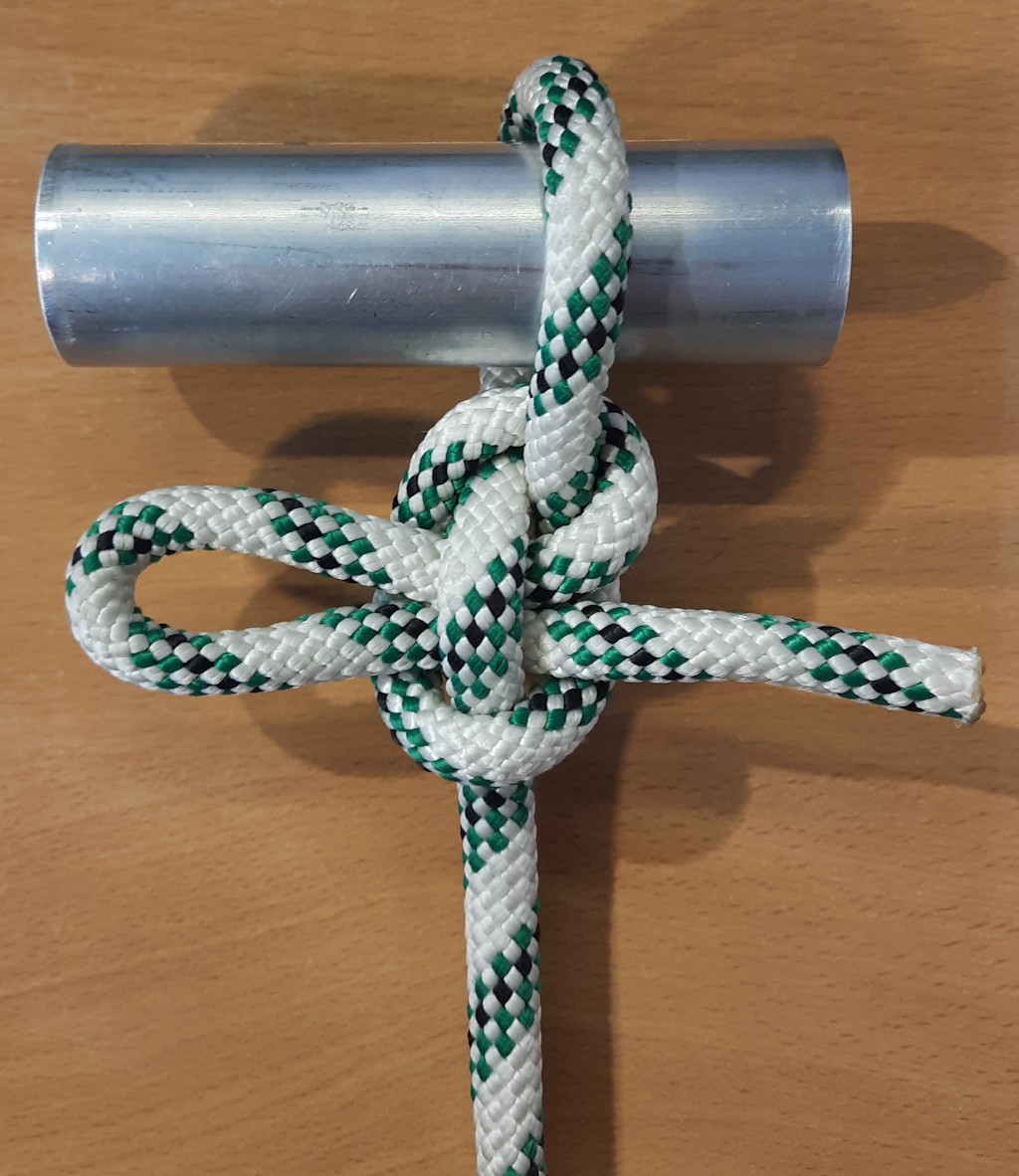Treeaddict
Treehouser
Been practicing knots and hitches. So, I got the “bright” idea to tie a cow hitch finished with a 1/4 hitch and then some other knot or hitch I don’t know the name of. Basically, the groundie would just have to pull the tail and it come undone (except for the wrap around the branch) Anyone done this or see any red flags?
Attachments
-
 49AD512F-EFE6-4B0D-845F-D8ABB9CD3797.jpeg1.8 MB · Views: 9
49AD512F-EFE6-4B0D-845F-D8ABB9CD3797.jpeg1.8 MB · Views: 9 -
 FF8B5946-A3A0-4249-8F69-DFBF41E1D1D1.jpeg1.8 MB · Views: 9
FF8B5946-A3A0-4249-8F69-DFBF41E1D1D1.jpeg1.8 MB · Views: 9 -
 3600D35D-326F-4C24-BDE1-D950235471B2.jpeg1.6 MB · Views: 10
3600D35D-326F-4C24-BDE1-D950235471B2.jpeg1.6 MB · Views: 10 -
 1B729757-EFBE-40E6-AAD6-B7879F81B8BB.jpeg1.8 MB · Views: 9
1B729757-EFBE-40E6-AAD6-B7879F81B8BB.jpeg1.8 MB · Views: 9 -
 0762789C-B748-4359-872B-4F45A1A19459.jpeg1.7 MB · Views: 9
0762789C-B748-4359-872B-4F45A1A19459.jpeg1.7 MB · Views: 9


